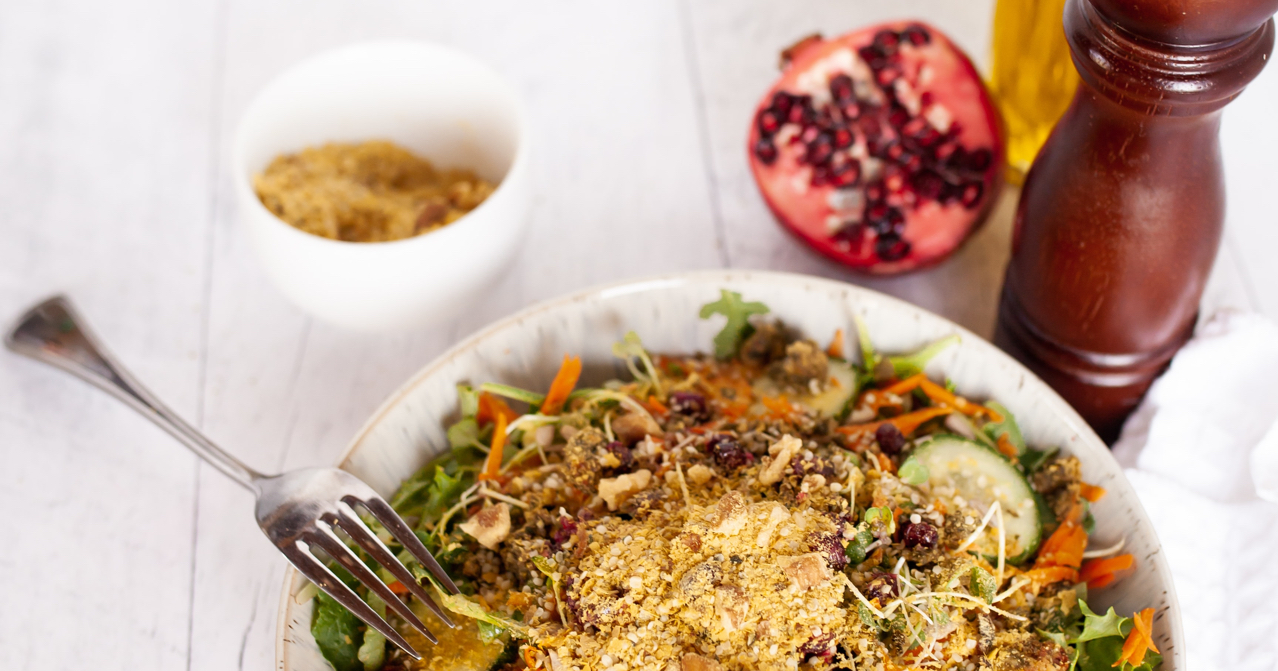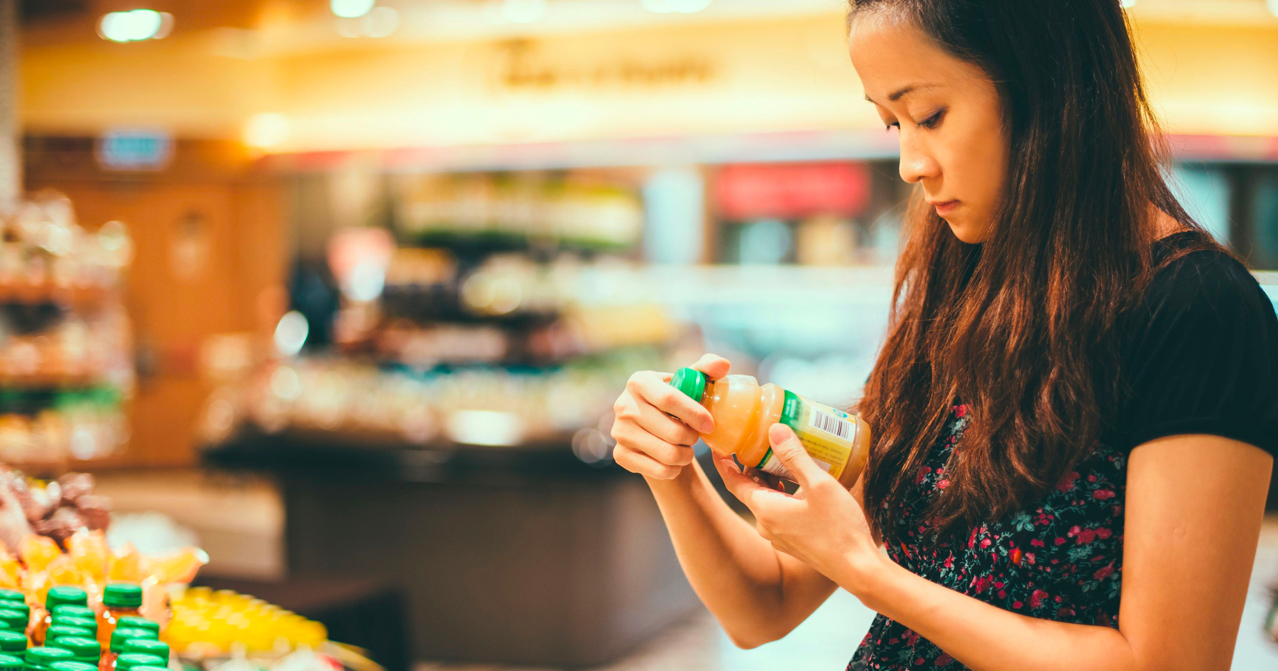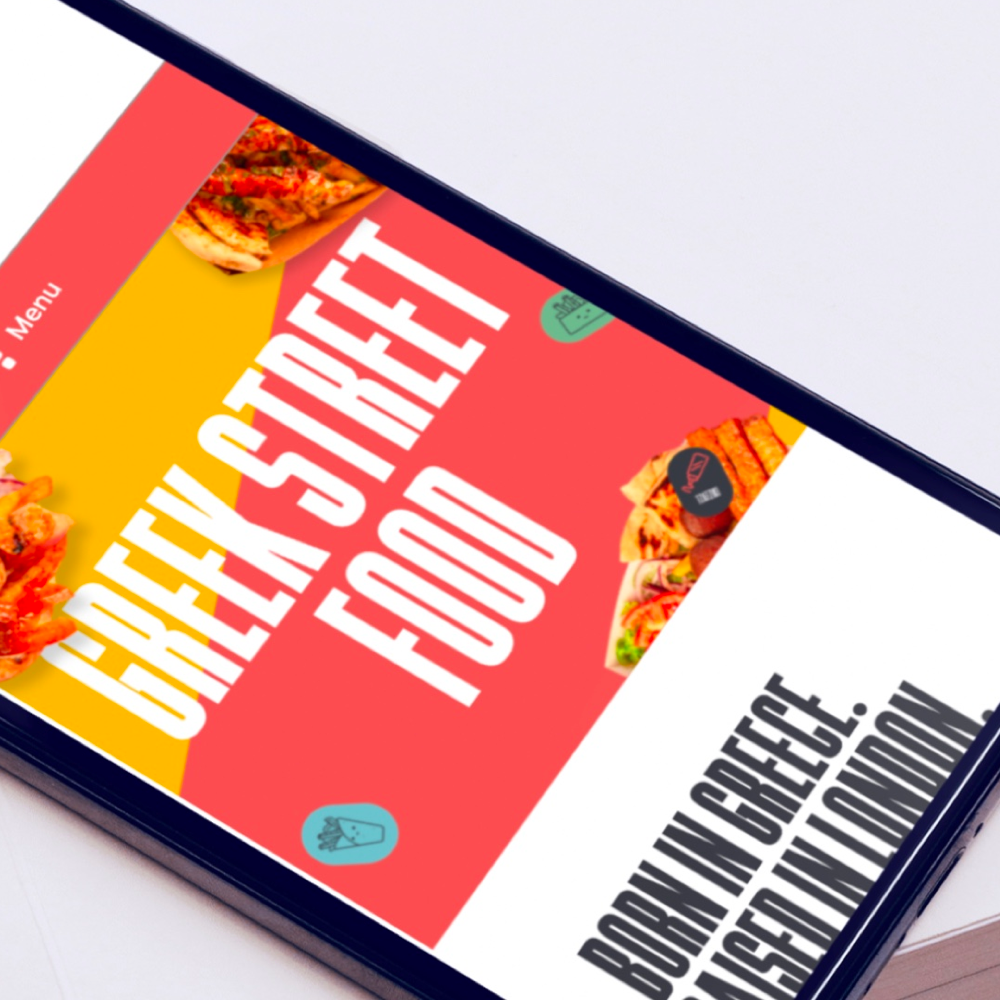If someone were to ask you, how can you thrive in the post pandemic food industry, what would you say?
As we gradually return to normality, it’s time to prepare for the future of food marketing. A lot has changed over the past couple of years – some for the better and some not so much. However, to stay ahead of the curve in today’s competitive climate, you’ll need the right ingredients to perfect your marketing strategy.
If you want to leave your customers craving more from your food business, take a look at what can be expected and get on board with the future of food marketing
Consumers want to feel good with functional food and drink 
There’s a big difference between healthy eating and eating for health.
Since the outbreak of Covid-19, how we view dieting, health and wellbeing has shifted dramatically with many people now seeking functional foods that contain ingredients proven to support wellness, boost immunity, reduce stress and improve sleep.
With 42% of consumers adopting a long-term approach to health since the pandemic began, the future of food marketing is set to become an increasingly health conscious environment.
So, how can your food business prepare? As people are prioritising their health and are looking for preventative nutritional qualities in their food choices, it’s crucial that you show them you’re listening to their concerns. Communicate how your products are made, where your ingredients are sourced from and if they’re natural. Being transparent about your products and marketing the benefits of your food from a wellness perspective will see a positive result.
Plant-based and healthy diets are the new normal

When we consider the future of food marketing, one sure trend that springs to mind is a plant-based diet. The love of veganism has grown rapidly (pardon the pun) in the past few years and has only been accelerated by the pandemic.
It’s no secret that Covid-19 made many of us re-evaluate our diets, and the outcome for many was to change their lifestyle for a healthy and sustainable one. The attitude towards vegan diets in particular has become more appealing with 51% of Brits believing that plant and botanical ingredients carry medicinal benefits.
To keep ahead of the competition, it’s imperative that your food business is aware of the growing demand for vegan meals, so this should be heavily considered when marketing your products. If you’re a restaurant, be sure to have a dedicated vegan menu with plenty of choice, or if you’re in retail maybe it’s time to evaluate your food offerings and introduce a plant based range – after all, we think the road to becoming green will soon dominate the meat and dairy diets.
Food prices are on the rise

The pandemic has intensified the price of food – from suppliers and production right up to what we pay as consumers.
What we initially believed to be a temporary inflation when everything came to a halt back in 2020, has since skyrocketed and now has implications for the future of food marketing.
Particularly high for oils, sugar and cereals, as well as meat and dairy produce, the index was up by a staggering 30% year on year. This, combined with the 40% rise of international prices for fresh and local produce, means we could be heading towards another global food crisis.
It’s becoming clear that this is something food businesses will be required to adapt to. Expect to pay more for outsourced ingredients and local produce, resulting in price increases across all your food services. To keep your food business thriving, you need to ensure you’re marketing the brand value of your products in order to retain those sales.
Clean and clear labelling is a must

Much like the aforementioned points on healthy diets, clean and clear labelling helps your consumers identify what is going into their food and where it has come from.
The importance of product transparency has become paramount and as the clean label trend is gradually gaining momentum, it’s never been a better time for your food business to get on board. This means replacing e-numbers, chemicals and artificial sweeteners with more organic and natural statements on your food packaging.
As we gear up for the future of food marketing, customers are now leaning towards products that are simply labelled with the health and ethical benefits, meaning your business should be doing the same. Take a look at your products and establish whether or not these ingredients are sourced ethically, locally or if they contain any health benefits and ensure you market these across your food.
Similarly, for food businesses that employ 250 staff or more, you’ll need to prepare for the Calorie Labelling Legislation that comes into effect from April. This new law requires businesses to clearly display the calorie content on their menus, websites, delivery service apps and digital formats, as part of the government’s plan to tackle obesity and promote a healthier environment.
The future is digital
 As a result of Covid restrictions, food businesses had no choice but to adapt their services to meet safety regulations. This saw many businesses making the move to digital, from websites and online ordering to QR code technology, self-service and contactless payments.
As a result of Covid restrictions, food businesses had no choice but to adapt their services to meet safety regulations. This saw many businesses making the move to digital, from websites and online ordering to QR code technology, self-service and contactless payments.
For many, this has opened up several opportunities to meet the growing needs of their customers. It’s no secret that the pandemic left people staying indoors, so when food businesses offered digital services, this kept many businesses afloat and provided a touchless environment for customers.
On the flip side, this rise in digital has left people missing print and the human interactions that come with it. For some, browsing the menus online isn’t feasible and while it’s important to cater for the evolving digital landscape, it’s equally important to not leave any of your customers behind. Due to the pandemic and the acceleration of digital, the market has become very saturated, making it harder to cut through the noise.
Despite what many believe, there is still a gap in the market for print marketing. It might not be as prominent as it was pre-covid, but it’s certainly still desired by customers up and down the country.
The question is, will we always rely on this new normal for digital?

If you’re looking to future proof your food marketing and digital strategies, take a look at how Eat Marketing can help your business. Let us take away the pressure and elevate your business to its full potential.
Contact us

